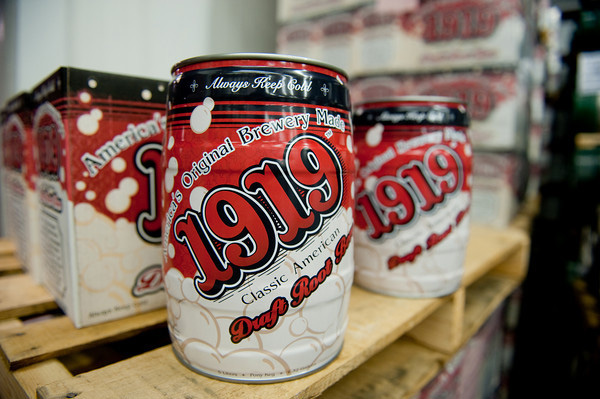
This piece is sponsored by 1919 Root Beer.
There are certain slices of edible Americana that are likely to remain favorites forever: the cheeseburger. The ballpark hot dog. And — particularly in hot summer months — the root beer float. But to build a classic root beer float, you need an old-fashioned root beer. Those in the know cite New Ulm, MN-made 1919 Root Beer as among the best.
In search of the 1919 story, we traveled down to New Ulm, where we met Al and Rae Ann Arneson, the husband-and-wife team who produce 1919 Root Beer and the Buddy’s line of grape, orange, and strawberry sodas. Together with their son Toby and daughter Annie, the Arnesons are the heart of the New Ulm Brewing & Beverage Company, which has been working with Schell’s to make 1919 Draft Root Beer for more than 25 years.
While the 1919 brand dates to the 1980s, the inspiration for the stuff goes back far further, to Prohibition (1919-1933). Many breweries closed — others eked out an existence making non-alcoholic drinks, including root beer. The 1919 recipe recalls a time when soda was a far simpler thing.
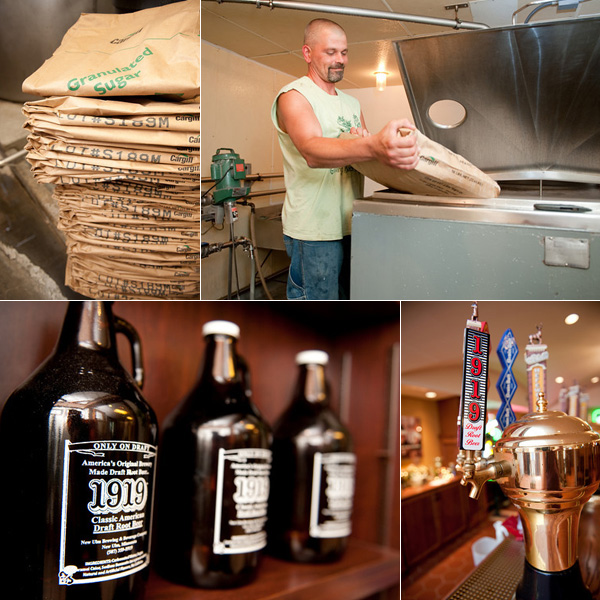
“Corn syrup was never an option,” says Al. “In 1919, in that era, everything was sugar. So we use granulated sugar. There’s liquid sugar, but we don’t use that…”
“It would be cheaper and easier,” chimes in Rae Ann.
“But we do it the way it used to be made,” says Al.
“When you look at the 1919, that’s what gives it the depth and consistency,” concludes Rae Ann.
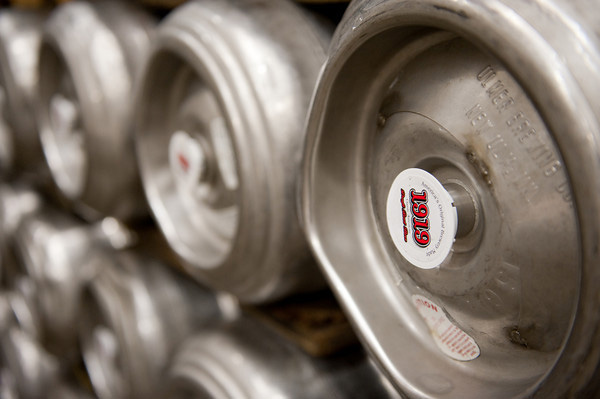
The root beer is made in small batches by a brewmaster and a mixer, which means that each batch gets a great deal of human care. A microbiologist also tests each batch.
“It’s an original authentic product — what we say is what we do,” says Al. “It’s made in 25-barrel batches. It’s made at the second oldest family-owned brewery in the country [Schell’s]. A lot of products out there say ‘real draft,’ but they’re made at a huge plant — there’s nothing wrong with that, but we’re a little different.”
The 1919 difference comes through in its flavor, which has a way of converting first-time samplers into loyal fans.
“I got an email from Nebraska last night at about 11 o’clock,” says Rae Ann, reading the email off of her phone. “‘I bought my first mini-keg as a novelty, not expecting to drink it. But I did, and oh my goodness — how do I get more? I can’t find it anywhere! We bought it in South Dakota, but we’re in Nebraska and we can’t find it — please help!'”
These kind of passionate customer testimonials are typical for 1919.
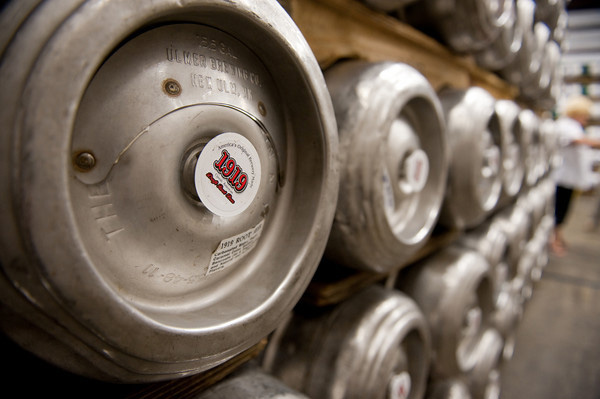
“I had your root beer for the first time at 3M’s corporate retreat site near Park City,” wrote one fan. “We were there for 3 days and it was one of the highlights of the trip. I will never forget a bunch of 40 somethings, playing poker past midnight, and despite an open bar with anything we wanted, the only thing anyone was drinking was your root beer. The next time we came back, they were out and we were so disappointed the host drove to town immediately and picked up a keg! It was great!”
Handled Like Craft Beer
1919’s flavor profile is remarkably clean and simple — the vanilla is prominent, and the spice that counterbalances the purity of the sugar’s sweetness is understated but clear. 1919 is sweet and simple without being insipid.
“It’s a basic vanilla recipe which is very palate-pleasing,” says Rae Ann. “A lot of root beers out there have sasparilla or licorice or other flavorings in them… and some palates may like them, but we go for a simpler, cleaner taste.”
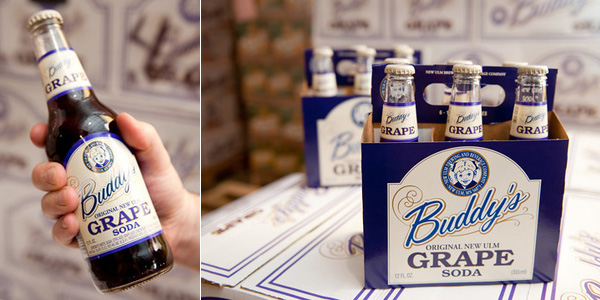
The original concept for the all-draft root beer was to create something special that would get people into seats at restaurants and bars.
“A lot of retailers were struggling, so we wanted to come up with a product that people would have to go into an establishment to get — a quality product,” says Al.
That quest to make a special root beer led the Arnesons to handle 1919 like craft beer, which has a further impact on its understated but balanced taste.
“We use minimal preservatives, so our product needs to be maintained at a cold temperature at all times,” says Rae Ann. “If we deliver it any distance, we put it on a refrigerated truck — we say keep it cold, like a quality beer.”
The brewing process feels “craft,” too — ingredients are added to the mix by hand, and the small size of each batch allows for easy observation.
Unlike most other sodas, 1919 can’t be bought in bottles or cans — it’s available on draft from kegs at restaurants like Lions Tap or the Nook, or via a 5-liter “pony keg” that can easily serve a dozen guests at a picnic or football Sunday.
A Flexible Beverage
Beyond the wonderful and inescapable root beer float, 1919’s culinary uses are plentiful — for starters, it plays well with other beverages, which means it can plan an active role in mixing refreshing adult cocktails.
“Barker’s in Hudson, WI will mix vodka, Kahlua, 1919, and cream to make a Barker’s Bulldog,” notes Rae Ann.
On the other hand, it’s also become known as a go-to beverage for graduation parties and other celebrations where you’ve got the under-21 set mixing with adults. The pony keg looks and feels festive, it quenches the thirst of a crowd, and it feels like something special.
Asked about the future of the brand, the Arnesons say they let the market lead them.
“We know where the demand is from the phone calls and emails we receive,” says Rae Ann. “Depending on the distance and our available cooperage [kegs] we expand, never forgetting to take care of our established accounts.”
You can find 1919 Root Beer at the Minnesota State Fair, and at local bars and restaurants including Adrian’s, Palomino, and Buffalo Tap. You can buy pony kegs in Kowalski’s (year round) and Cub (seasonally) — local liquor stores can order it, and sometimes have it in stock.
We’ll have an article on Buddy’s sodas later this fall.
